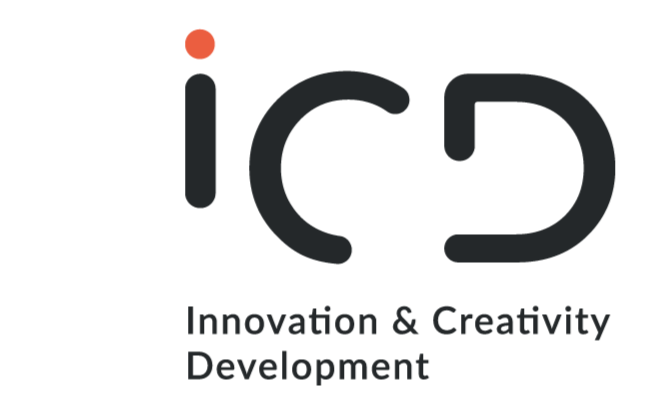
In an increasingly competitive and fast-changing marketplace, great products don’t appear by chance—they are the result of structured creativity, rigorous testing, and a deep understanding of customer needs. That journey begins with product ideation.
Done well, product ideation is more than just brainstorming. It’s a strategic process that shapes the foundation for innovation, ensuring the concepts that reach the market are not only creative but also viable and valuable.
What Is Product Ideation?
Product ideation is the process of generating, refining, and selecting product ideas that address customer needs, solve real problems, or introduce unique value. It blends creativity, research, and validation to transform early concepts into market-ready opportunities.
Ideation typically combines techniques such as brainstorming sessions, customer interviews, market research, and competitive analysis. The end goal: a pipeline of strong, validated concepts ready for development.
Core Elements of Effective Product Ideation
Several factors increase the likelihood that your product ideation efforts will produce innovative, impactful solutions:
Customer Focus
Every great idea starts with a deep understanding of the user—what they need, value, and experience. Insights from feedback, behavior analysis, and market research should guide every step.
Creativity
Original thinking fuels the process. Generating fresh, unconventional ideas often leads to breakthroughs that competitors haven’t considered.
Open-Mindedness
The best solutions often come from unexpected places. An open approach allows diverse, even unconventional ideas to surface.
Collaboration
Bringing together voices from marketing, design, engineering, and sales enriches ideation with multiple perspectives and expertise.
Iteration
Ideation is never a one-time event. Multiple cycles of prototyping, testing, and refining lead to more robust and well-developed concepts.
The Product Ideation Process: From Insight to Concept

While each organization may tailor the process to its own needs, a proven product ideation flow often includes:
- Define Objectives and Constraints
Clarify the purpose—whether to solve a user pain point, refresh an existing product, or explore a new market—and set clear boundaries for scope, resources, and feasibility. - Gather Market Insights
Analyze customer feedback, competitor offerings, and emerging trends to identify gaps and opportunities. - Assemble a Cross-Functional Team
Involve experts from multiple disciplines to ensure a broad range of ideas and perspectives. - Generate Ideas
Use creative techniques (brainstorming, mind mapping, role-playing) to produce a wide range of potential solutions without immediate judgment. - Evaluate and Prioritize
Filter ideas using criteria such as feasibility, market fit, potential impact, and alignment with strategy. - Refine and Develop Concepts
Turn selected ideas into concrete concepts through prototyping and targeted research. - Test and Validate
Gather feedback from real users or test markets to confirm the concept’s viability and refine further. - Conduct Business Analysis
Assess financial and strategic viability—cost, profitability, competitive positioning, and scalability. - Select the Final Concept(s)
Choose the ideas that offer the strongest combination of feasibility, differentiation, and value creation. - Plan for Development
Create a roadmap detailing steps, resources, timelines, and milestones to move from concept to launch.
Best Practices for Stronger Product Ideation
Organizations that excel at product ideation consistently apply these best practices:
- Keep the User at the Center – Design with real needs and expectations in mind.
- Encourage Divergent Thinking – Welcome bold, unconventional ideas in early stages.
- Build a Culture of Innovation – Empower teams to contribute ideas and experiment.
- Leverage Cross-Functional Collaboration – Bring diverse skills and perspectives together.
- Apply Design Thinking – Use an empathetic, iterative framework for problem-solving.
- Explore Emerging Technologies – Consider AI, IoT, AR, or other tools for differentiation.
- Use Data and Analytics – Base decisions on evidence, not assumptions.
- Prototype and Test Early – Validate concepts before committing significant resources.
- Foster Continuous Learning – Keep teams updated on industry trends and insights.
- Integrate Sustainability and Ethics – Design products that are socially and environmentally responsible.
At ICD, We Help Transform Ideas into Impact
Great products start with great ideas—but successful ideation requires structure, insight, and execution discipline. At ICD, we help organizations design and implement product ideation frameworks that turn raw ideas into high-potential innovations. From customer research and creative workshops to concept validation and go-to-market planning, we partner with teams to bring breakthrough products to life.
Ready to unlock your next big idea? Let’s talk.
